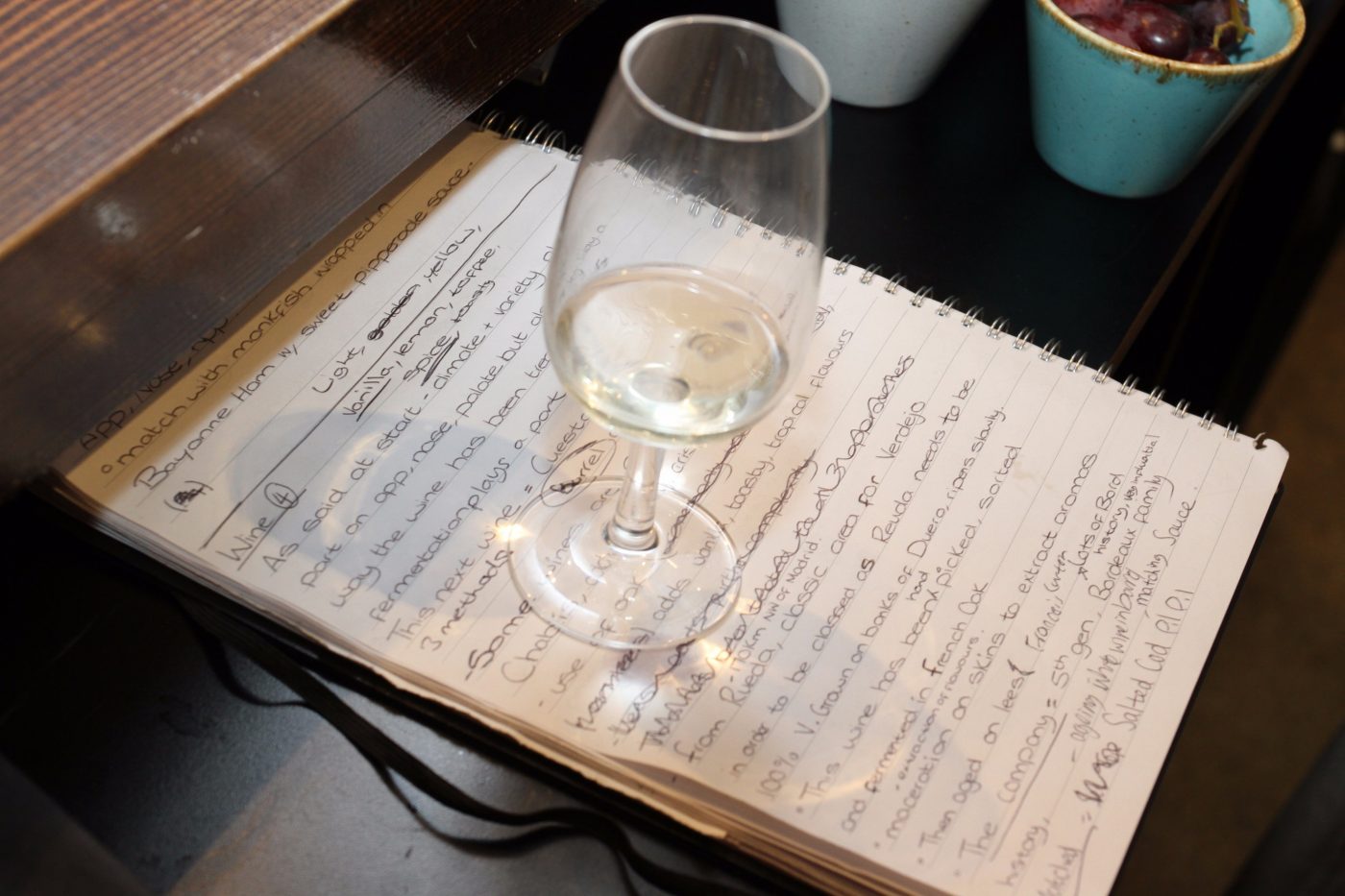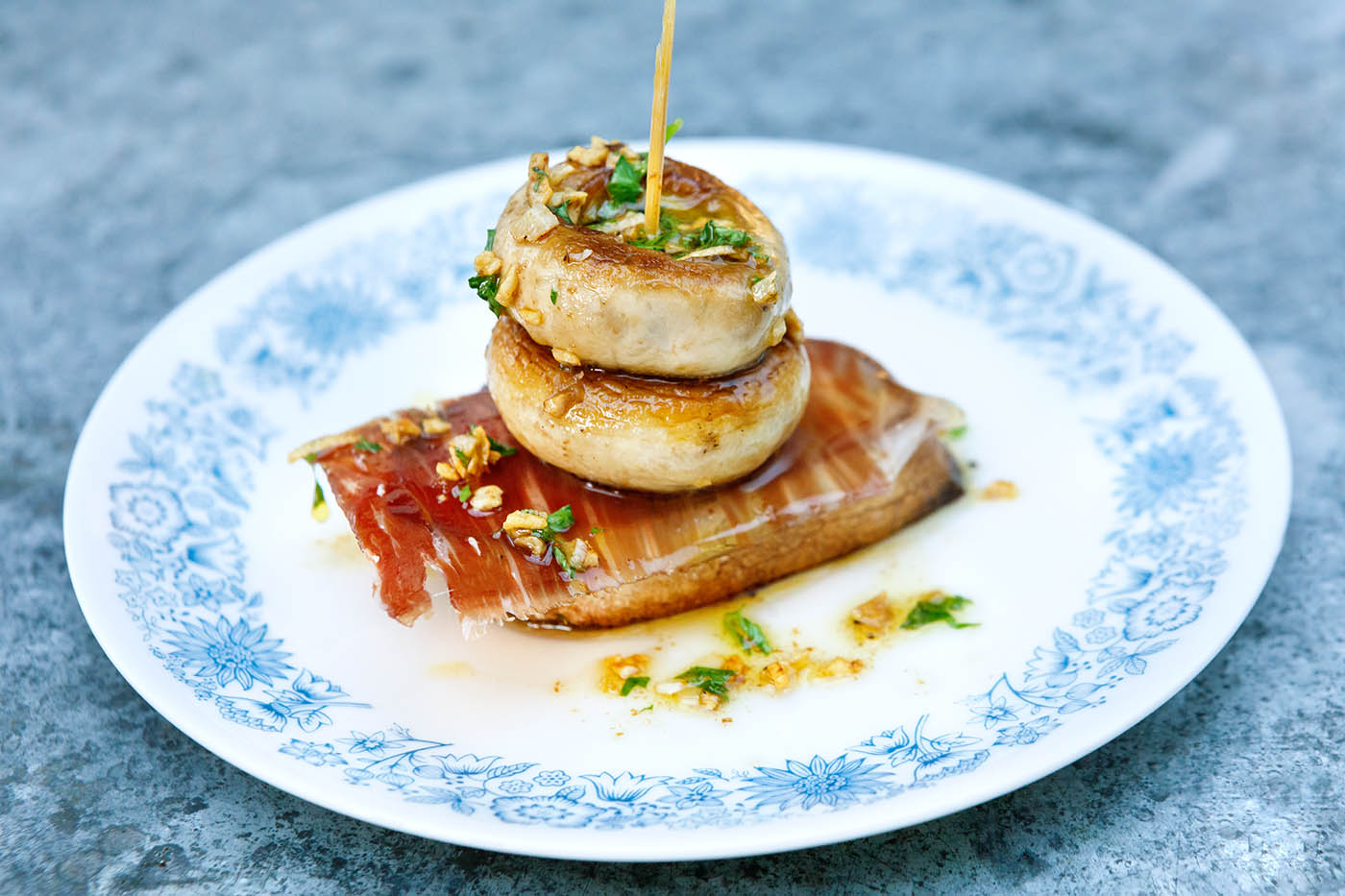ENJOY 15% OFF ALL OUR STORE!
- BBQ
- Light Up the BBQ
- Food
- Drink
- Hampers and Gifts
- Kitchenware
- Recipes
- BOCADILLO RECIPES
- Wholesale
- Offers
There is nothing worse than planning a meal and then matching it with a wine to find that the flavours clash rather than complimenting thus changing dramatically the taste of both. I enjoy going to restaurants where there is an extensive wine by the glass list. For me, I much rather enjoy having a different glass with each course rather than the same wine throughout. Having said that an extensive wine list can be a complete minefield and knowing where to start is the biggest battle.
Therefore within this guide I have devised what I believe to be the main rules of food and wine matching. The key is to balance both components and neither the food or wine should overpower each other but instead balance each other and compliment: you should be able to taste both parties.
It may not always be the meat – it could be the sauce or the accompaniments that go alongside. For example lamb, this is fatty style of meat and requires a wine which can cut through the fat. If we take as an example the dish that is on our recipes section, Roasted Leg of Milk fed Lamb with Black Olives and Anchovies. The milk-fed lamb is young so the flavours are more delicate and the milk fed element brings a creaminess to the meat. The Olives and Anchovies are most likely to be more dominant than the meat. The salt in the anchovies is the key flavour when matching any wine to this dish. If you get this wrong, it will change the whole taste profile of the dish.
Both red and white wines would work with this dish, an aged verdejo white wine would match with the creaminess of the lamb and stand up against the powerful flavours of the Anchovies, the slight hint of oak is what will bring all these flavours together.
Red wise, I would look towards a Spanish wine in our collection from Sanlucar called Garcia de la Jara, this is produced by the sea in the south of Spain and this location and the sea air influences the taste within the wine. This salty aspect is going to work with the Anchovies and also the splash of Merlot will soften out the Tannat and the Cabernet Sauvignon.
Our Pig Cheeks braised in Sherry is a weighty dish, the sauce is the contribution to this. The cheeks are cooked for 3 hours so they become tender and the meat melts away but the sauce is the most dominating part of the dish. It is full flavoured and full bodied, with hints of raisin, prunes and dried fruits. Therefore we are looking for a Spanish wine that matches to this: it needs to be full flavoured and full bodied, anything lighter in style would be lost against this sauce. The Carpess Crianza is a modern style Rioja, made in French Oak and has an abundance of fruit and flavour. It is full bodied and can be compared to an Australian Shiraz as it is big and bold, with lashings of Black fruits, hints of spice and vanilla making it an ideal pairing to the sauce within this dish.
Acidity in a wine is very important but can often be seen as a negative as the term crisp acidity sounds a bit off putting. I often think about it as the bones in a human body, acidity is essential to give the wine structure the same as bones are essential for a human body to remain structured. Acidity shouldn’t be seen as a negative in a wine but as a key element in a wines structure. Acidity is also a natural part in winemaking and is more apparent in wines from cooler climates. All grapes have a natural level of acidity, as the grapes ripen on the vines the acidity levels drop off and the sugar levels rise, in cooler climates such as northern France, Germany, the UK and parts of Australia for example, the acidity levels are more present due to less sunshine hours. In warmer climates there are longer sunshine hours and therefore the acidity drops to be lower and then sugar levels are higher. The key to picking grapes is picking at the optimum level of both acidity and sugar so there is a natural balance and a reflection of the climate. When thinking about foods to match, it is probably important to explain the styles of food I mean, so foods which a high levels of acidity would be: a salad with a dressing, tomatoes with balsamic vinegar, tomato sauce based meals, tomato soups. A simple salad with a lemon dressing or a balsamic vinegar dressing instantly changes that salads flavour profile and brings in a level of acidity and with the addition of tomatoes which are naturally high in acidity means this dish is ideally suited to a wine which is also high in acidity. Cherry Gazpacho with Goat’s Cheese and Anchovies, this dish taken from our recipes is a perfect example of a good level acidity in a dish and would match really well to the Godello. Grape varieties such as Sauvignon Blanc naturally contain good levels of acidity, Godello and Albarino from North Eastern Spain are also good Spanish Wine examples. The Godello has flavours of Grapefruit, minerality and a slight creamy edge which will bring in the flavours of the goats cheese.


A sweet dessert or piece of chocolate coats your mouth and impedes your taste buds impairing them. What you can taste is the different tastes of alcohol and chocolate which is never bad but it isn’t what you are trying to achieve when you food and wine match as you are looking to compliment. When matching sweet food and wine, pick a wine which has the same level of sweetness. A Moscatel is a perfect example from Spain, made from the Moscatel grape where the grapes are left to dry on straw mats in the sun after picking to allow the flavours to intensify and draw out more sugar. This wine has orange flavours, hints of spice and sweetness with a hint of acidity and makes it a perfect match to a chocolate dessert.
A good match to spicy food is beer, it works well with its fruity flavours and this compliments most spices. Fruit is key to this match. Oaky and high alcohol wines should be avoided as they can overpower – the oak dominates and the alcohol accentuates the heat. A fruity, aromatic or slightly off-dry white is a good option. Sweetness from residual sugar in an off-dry wine can be perfect, this gives balance to the heat and spice. The spice drops off and the flavours in the food are more balanced. Out of our range at Basco I would say the Camilo Castillo Rayo de Sol, made from 100% Moscatel, off dry with fruit and floral characteristics make this the perfect pairing.
The best way to describe this is a pepper – they are light in style but with a lot of flavour characteristics. A wine which offers this same flavour profile is key to this food and wine match. The Riesling Grape Variety is the same – a lightweight wine but with lots of flavours. From the Spanish Wine Range I would pick Txakoli a white from the Basque region in Northern Spain and the Gernika Peppers are a delicacy from this area and are a superb match. Txakoli is a light wine, low in alcohol but bursting with flavour.
This style of fish requires a wine which can cut through the oiliness and therefore lends itself to a wine which is crisp and has a good level of acidity. Think about when you eat smoked salmon you squeeze lemon over the fish. Typically as mentioned previously varieties which are naturally high in acidity are Sauvignon Blanc, Chablis and Albarino. I would pick a Sauvignon Blanc, the Jose Pariente Sauvignon Blanc from our Spanish Wine range. Typical Sauvignon Blanc flavours – citrus, lemons, limes, minerality and crisp acidity. It has all the flavour profile needed to cut through oily fish dishes.
Tannin which is present in a lot wine but mainly reds works in an amazing way when in contact with protein. When we describe a wine as having a lot of tannin this refers to the dryness, bitterness and astringency of a wine when it is in your mouth. Red grape varieties have different levels of tannins and these tannins characters are found in the skins, seeds and stems of the grapes. Technically they are plant-derived polyphenols. How do you know what they taste like? In some cases they can dry your whole mouth out, the tops of your gums, your tongue and the roof of your mouth. Tannins soften when you let a wine breathe, the air softens them and this essentially means that the wine tastes less dry in your mouth and the fruit flavours come through. A young wine has a higher level of tannins and, as the wine ages, the tannins naturally drop off. Protein has the same effect on tannins, they soften the tannins. From our Spanish recipes we can only pick the Galician Steak and a Spanish Malbec/Syrah blend. Malbec has good fruit to it but also has a good level of tannin. The steaks are aged dairy cows aged between 8-10 years of age from Galicia in North East Spain. They are incredibly flavoursome and well marbled.
I hope there are some good hints within this article that you can take away and use at home when planning meals and wines to have with them. The best part of food and wine matching is experimenting, not all of the matches will be a success. So get cooking and get tasting and get experimenting. Let us know your food matching successes.
21 May 2020
30 January 2020
30 September 2019


Sign up to receive your discount code to use straight away today!
*This offer is only available to new customers who have not made a purchase from Basco before. The discount code can only be used once per customer. This offer is not available in conjunction with any other offer, promotion or discount. Please note that we cannot refund the 10% discount if you forget to use it on your first order, you can always use it on your second!

